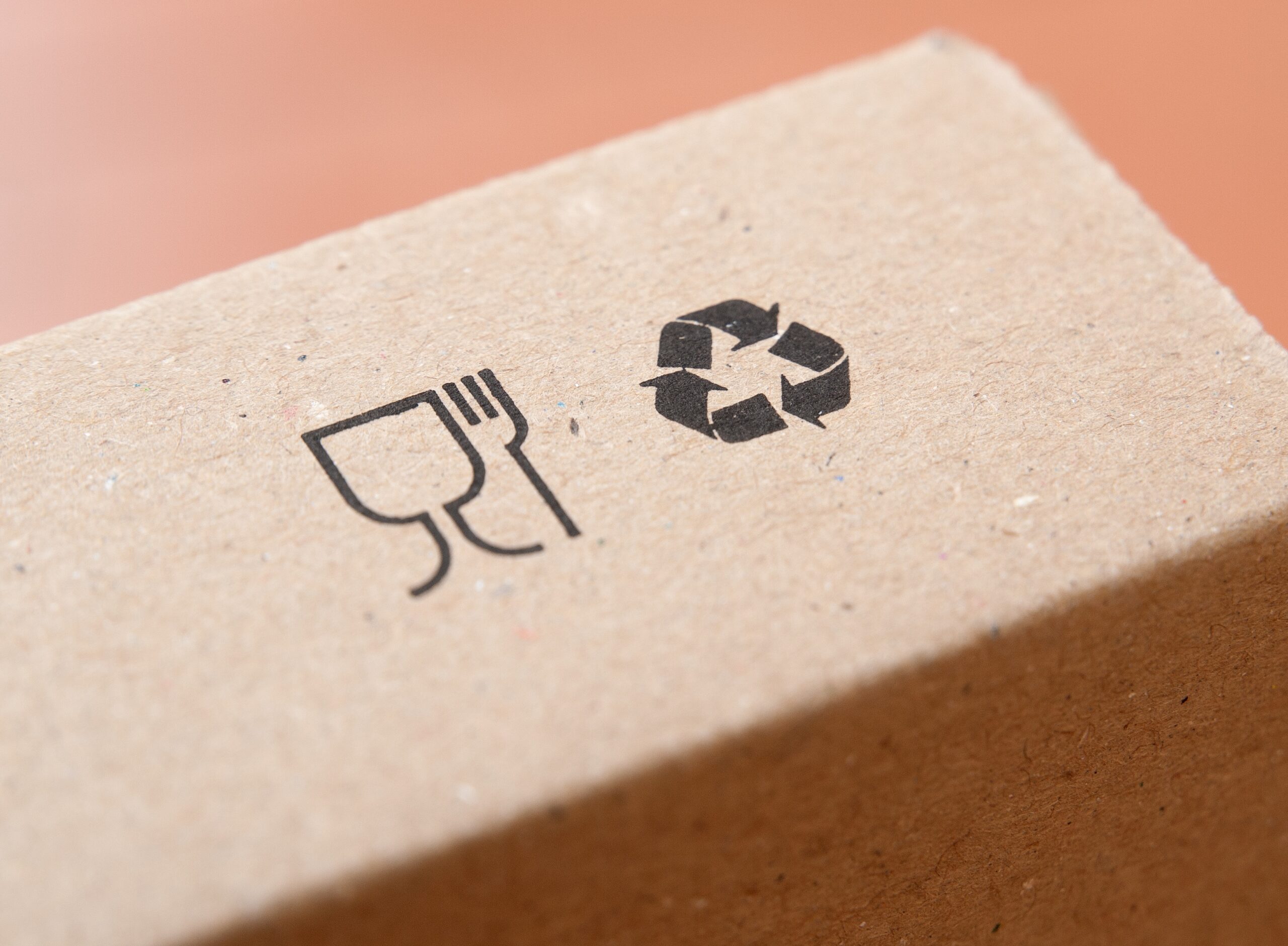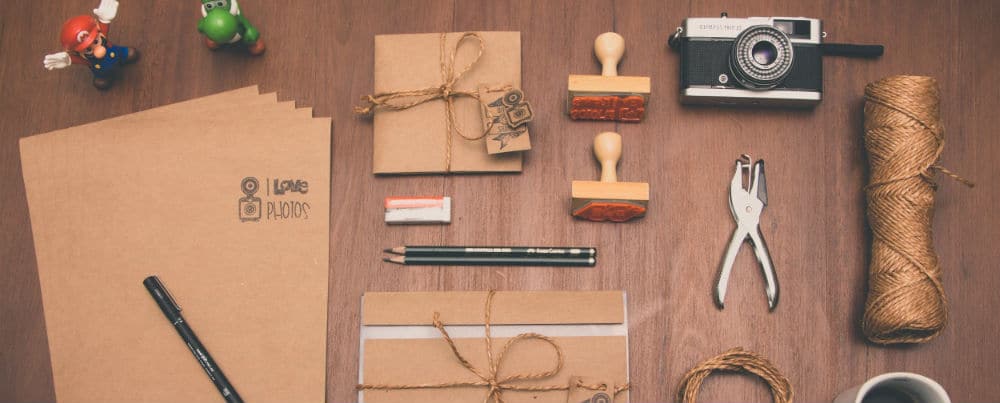Why sustainable packaging matters.
In online retail, a lot of your company’s sustainability challenges will revolve around picking, packing, and shipping your products. There is no point in investing a lot of effort into sourcing ethical suppliers, only for it to all go to waste (literally) in the logistical supply chain.
Here are the core reasons why sustainable packaging should matter to you:
- Reducing waste and reducing your company’s carbon footprint
- Customer experience – much better to have packaging that works with, not against, the product
- Selling point – great packaging can become part of your marketing strategy
- Part of your brand – packaging can help solidify customer loyalty and make you distinct.
What design materials can be used?
The route to sustainable packaging starts with the packaging design (which is usually heavily influenced by product design).
For an online retailer, a design-led packaging strategy makes sense. It allows you to convey key messages about your product and brand that might have been otherwise communicated in a traditional retail environment. Without visual merchandising and an in-store experience, your packaging will have to do a lot of ‘talking’ for you.
Start thinking about materials alongside packaging design. You want materials that have a strong sustainable focus, but that also compliment your brand aesthetic.
Here are some sustainable materials you may want to consider incorporating into your packaging designs:
- Recycled card and paper are becoming increasingly popular mediums for packaging. They give you the chance to create plenty of fun shapes and forms and say a lot about your brand
- Tin is a good option (especially for premium brands) as it’s luxe & long-lasting
- New materials are emerging all the time — like the dairy-based film that is starting to replace polymers. Ecovative in NY have developed packaging that’s made out of mycelium (essentially fungus) and has been adopted by big tech brands
- Packing materials are notoriously bad, so opt for sorghum or corn starch options which can be tossed on the compost.
When choosing packaging or packing materials, look for materials that check out from a life cycle inventory (LCI) and life cycle assessment (LCA) point of view. Look at each and every packaging component and see whether there are individual elements that can be improved.

Innovative packaging ideas
Many brands and product designers are pushing the boundaries of packaging, which is a welcome change from generic and boring cardboard boxes and plastic wrapping.
On the sustainable end of the spectrum, there is an unsurprising trend towards minimalist packaging. Sometimes less is more — customers don’t always know what to do with tissue paper and other ‘adornments’ that accompany products.
Die-cutting can be used across a wide range of packaging materials, and it’s a fun and easy way to tell more of a story with your packaging. Other things to consider include borrowing ideas from other cultures, re-using materials, and edible packaging.
Packaging as an offline marketing tool
For an online brand, the offline experience is even more crucial than for a regular retailer. When customers open that box at home, you want them to have a ‘wow’ experience, and not feel frustrated or disappointed. You also want to ensure that your product stays intact and safe in transit.
Packaging and shipping are a big part of your customer experience, and you should encourage people to share positive experiences via reviews or content. Make your packaging into an ‘unboxing event’ that’s both sustainable and fun, and always be thinking about those little ‘customer extras‘.
Appealing to demanding target demographics like vegans is a great way to foster a community around your products, but you have to ensure that you walk the walk. Remember that ambiguous greenwashing is not OK – you can only market yourself as sustainable if your truly are!
How to manage online shipping
Your online store technology needs to also be part of your sustainability drive. Inefficiencies in shipping and transport could result in your sustainable packaging initiative losing its impact. Make sure that you have access to real-time data, and that you work with shipping suppliers who are sustainable — there are plenty of options out there.
More sustainable shipping doesn’t need to be more expensive, but if it is, be transparent about the costs and processes with customers.
Sustainable packaging is an important consideration for online brands now and beyond. Don’t just look at the package in front of you – think about how water, fuel, and transportation are impacting the environment too. Take a holistic approach to your sustainability drive and you will reap the rewards.























